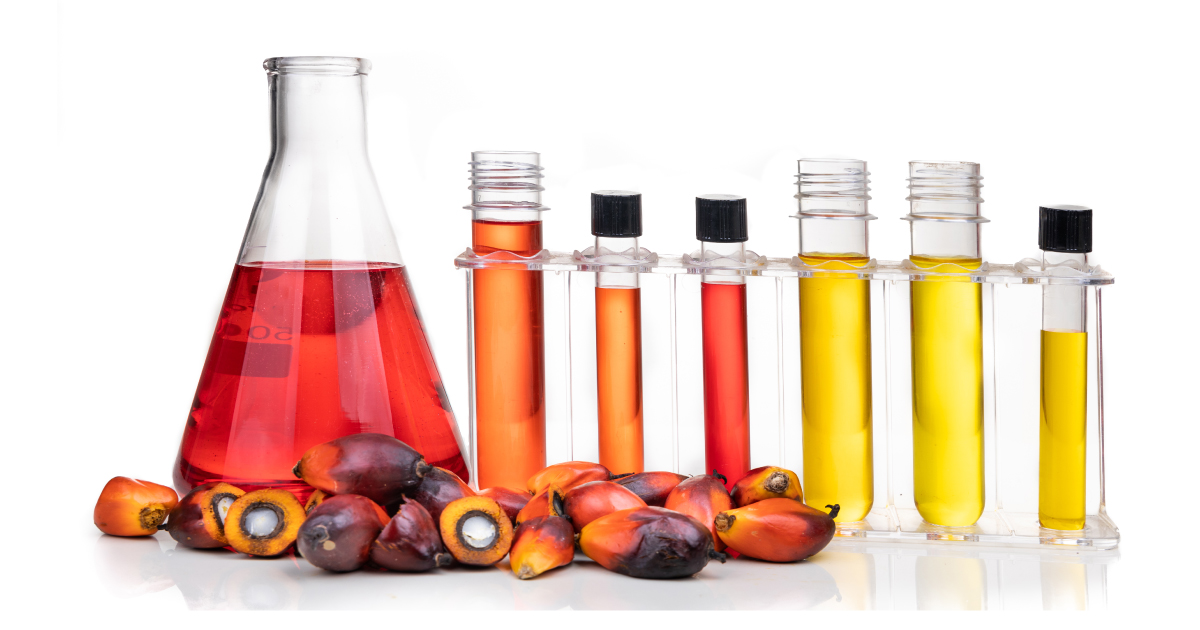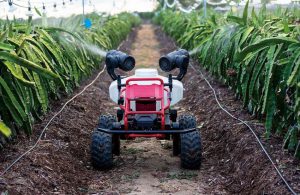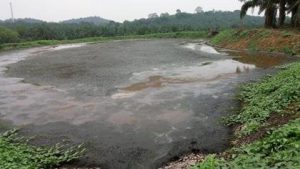5 Promising Technologies to Complement Your Oil Palm Agriculture Strategy in 2022

Posted on |
The ever-present labour crunch in agriculture, more so in the palm oil industry, calls for more mechanisation plans and development of agriculture technology.
Aspects of the industry, most if not all of it being very labour-intensive, can benefit from transforming traditional methods into more modernised processes. On top of that, introducing machine control systems in agriculture to reduce manual dependency is certainly appealing to the younger generation.
With automated systems put in place that will guarantee maximum output with minimum input, it also enhances aspects of the process itself, mainly in terms of performance, efficiency, and workload.
Pen-and-paper methods are increasingly becoming a thing of the past. Plantation bodies like MPOB and RISDA, as well as government agencies and tech companies have spurred into action, putting forward new approaches to address labour constraints via automation.
They continuously encourage, support, and invest in great ideas for digital agriculture innovation. Bringing these ideas successfully to the market is not the primary intent. It is the willingness of plantation organisations to embrace, adapt, and strive with these technologies that is considered the end-goal.
The following are 5 new-age technologies to consider as part of your plantation’s innovation strategy.
1. Portable loading device
The portable loading device, or the mobile lifter, is the brainchild of researchers working with MPOB. This technology is considered groundbreaking for the very simple fact that it completely eliminates manual FFB loading activities.
This automated machine guarantees less manpower and quicker time with very little effort to perform FFB loading. Click here to read more on the mobile lifter, a sure benefit for your plantation.
2. Unmanned aerial and ground vehicle (UAV & UGV) systems
Today, modern, digital video surveillance systems are more than just nice-to-have technology. It has become an indispensable tool for autonomous monitoring and data collection.
The fundamental “anatomy” of a UAV, or drone as its commonly known, includes GPS, sensors, and high-performance cameras. UAVs traverse vast areas of the plantation to collect data, surveying terrains and thousands of acres of land.
The UAV’s land-based counterpart, the UGV, maps surrounding environments on the ground with precision for effective land planning. When adapting the UGV with conventional farming vehicles such as the tractor, the UGV-mounted tractor can autonomously perform planting, fertilizing, spraying, and even harvesting!

3. Advanced biological palm oil mill effluent (POME) treatment
The method for treating POME has not undergone much advancement in Malaysia since the early days of palm oil milling. Currently, about 85% of palm oil mills still use the conventional ponding method to treat POME due to its low cost.
However, this conventional ponding system does have its drawbacks. When further studied, it is found to be defying the 3E rule – efficient, ease of operability, and economically feasible.

Over the years, researchers have explored a number of biological, physical, and chemical solutions, but industry players remain hesitant to accept such new concepts.
A promising advanced solution for POME treatment is Revolutionary Organic Onsite Treatment System, or ROOTS for short. As its name suggest, this latest innovation is a revolutionary game-changer. It addresses what many prior solutions did not – lower wastewater discharge limit that meets Department of Environment standards.
Read the journal on ROOTS here.
4. Smart palm tree cutter
A major part of investment for a plantation company goes into the purchasing of tools for planting and harvesting operations. Innovative tools at the forefront of process automation could help the industry manage the chronic shortage of labour.
The smart cutter, helmed as the first cutter of its kind, records data with the help of digital sensors for precision harvesting. The tool geo-locates the worker and the tree and then determines the type of activity being carried out, be it cutting fruit or pruning fronds.
A mobile app receiving the harvesting data then auto-calculates the FFB harvested, eliminating time-consuming manual entry. Local companies in the agritech space are currently exploring many more smart tools such as this. As such, plantation managers have more options in deciding what works best for their plantation.
5. Integrated plantation management platform
If you don’t already have a centralised system that can simplify your plantation management, you may want to think about investing in one. Accessing your plantation data from a single system is essential for better management and control.
From payroll to accounting, procurement to budgeting, the integrated management system handles the entire plantation’s operation areas.
Take our very own Quarto by LintraMax for example. With comprehensive reporting and analytics support, managers and stakeholders get insights about the plantation operations instantaneously.
Apart from automating manual processes, with Quarto, you can make precise and smart data-driven decisions. For example, when deciding on how to maximise labour, particularly in areas constrained by non-automation or when allocating field work based on efficacy.
Reach out to usto find out the possibilities of Quarto for your plantation business!
